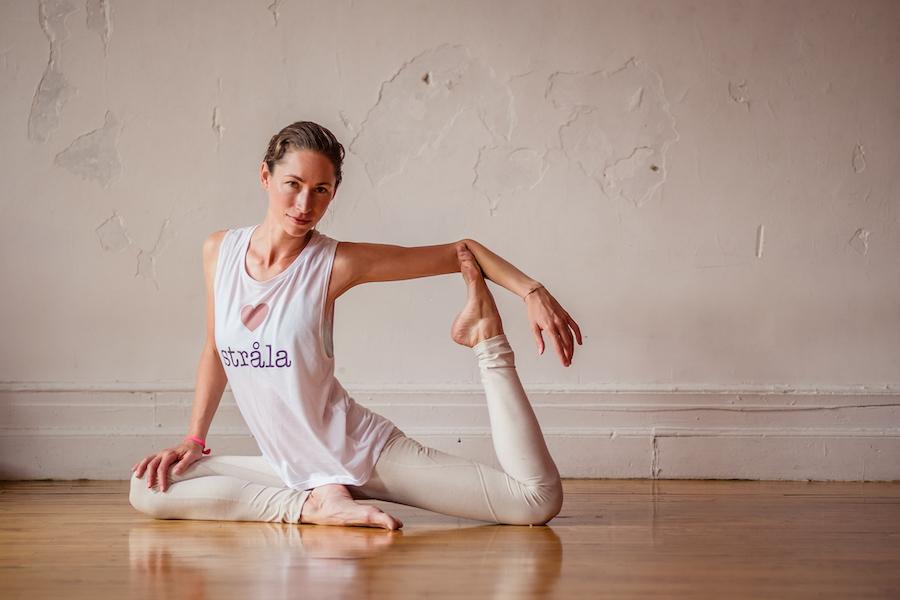Wellness often comes packaged in a smoothie, a juice cleanse, a detox, yoga studio, and so many of these “trademarked moments.”
“We’re all saying this is amazing, but hopefully the next wave is just that we can have this in our lives, for ourselves,” says Tara Stiles, the founder of Strala Yoga and a pioneer in making yoga accessible. A former ballet dancer, Stiles learned yoga in dance class before it became a popular, pose-focused form of exercise. With a “yoga that feels like you” approach, Stiles teaches people to move with their body, not against it.






